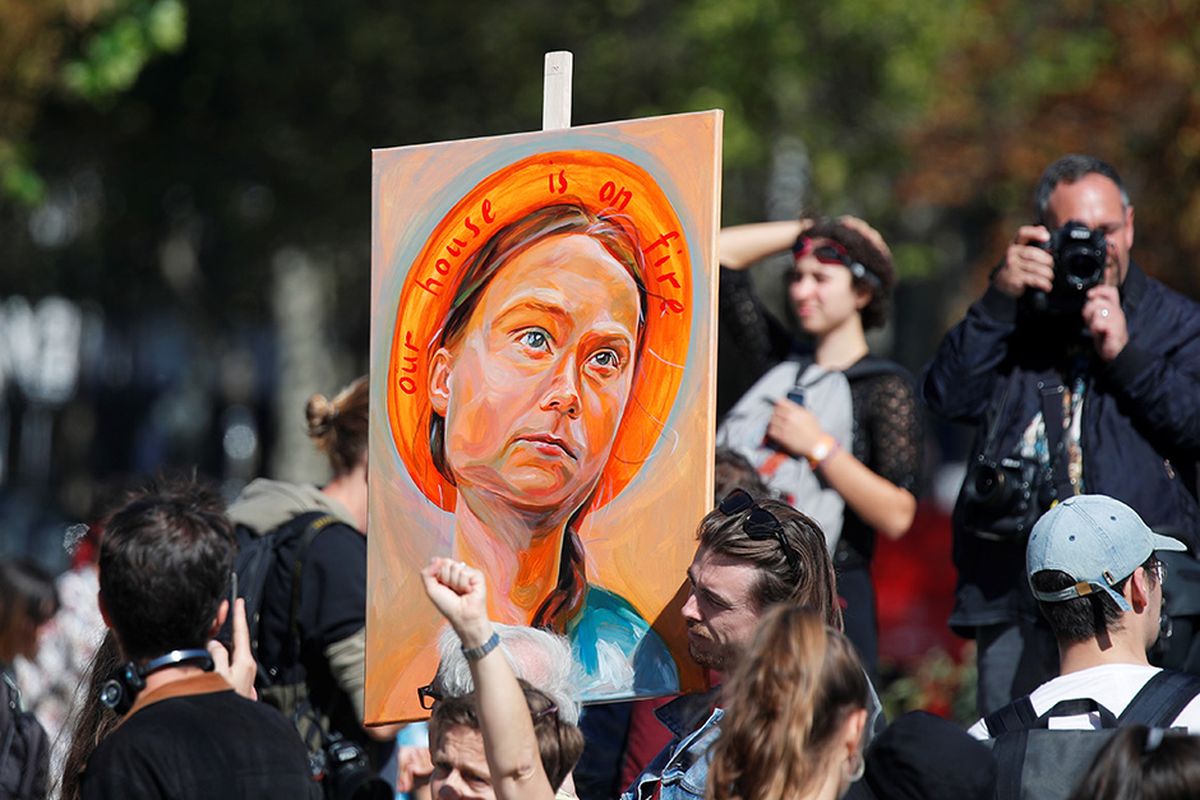On Nobel Committees, Underrepresentation of Women is Slowly Improving

STOCKHOLM, KOMPAS.com – Only 5 percent of women are Nobel laureates, but the underrepresentation of women also spans to the Nobel committees.
Nobel committees select the prizewinners each year whereas Marie Curie, Mother Teresa and Malala are among the female Nobel laureates.
The Nobels for medicine, physics, chemistry, literature and economics are all awarded in Sweden by separate committees, while the peace prize laureate is selected by a committee in Norway.
Read also: Greta Thunberg a Top Contender to Win Nobel Peace Prize
Both Scandinavian countries pride themselves on their reputations as champions of gender equality — yet on the Nobel committees, the underrepresentation of women is evident: Women make up only a quarter of members.
With the exception of the peace prize committee, all are also currently headed by men.
Would more women on the Nobel committees make a difference in the number of women laureates?
For Olav Njolstad, secretary of the peace committee in Oslo, the answer is: probably.
Since 2001, 24 women have won Nobel prizes, compared to 11 in the two decades leading up to 2000.
"It is not illogical to think that there is a connection between the increasing feminization of the committees and the growing number of female laureates," he told AFP.
While progress has been made in recent years, the economics prize committee has just two women out of 11 members, chemistry has three out of 10, medicine has four out of 18, and physics has only one out of seven.
Even the literature committee, with two out of seven, is still far from gender parity.
Read also: Norwegian Right-Wing Politician Behind Trump Nobel Peace Prize Nomination
Eva Olsson, the lone woman on the physics committee, says "role models are important in order to inspire more young female students to study physics."
But she insists that discrimination is not the issue, and says her committee's work is not affected by gender ratios.


































